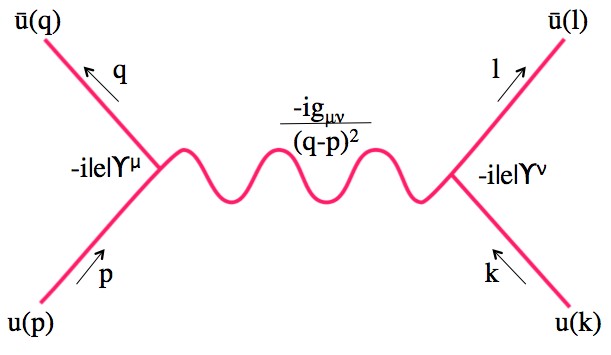|
I was taught that the formal definition of language in discrete math is a set of strings that can be matched according to a pattern or procedure. So any picture that can be represented (perhaps in SVG ?) as a string can be an instance in the set of strings of a language. The real question in my mind, is whether it is useful to do this. It seems that we want pictures to be their own representation. And that begs the question how you will recognize sub-pictures. Which is an entire branch of AI research, as I recall. David Whitten 713-870-3834 On Tue, Oct 28, 2014 at 8:06 PM, John Bottoms <john@xxxxxxxxxxxxxxxxxxxx> wrote:
_________________________________________________________________ Message Archives: http://ontolog.cim3.net/forum/ontolog-forum/ Config Subscr: http://ontolog.cim3.net/mailman/listinfo/ontolog-forum/ Unsubscribe: mailto:ontolog-forum-leave@xxxxxxxxxxxxxxxx Shared Files: http://ontolog.cim3.net/file/ Community Wiki: http://ontolog.cim3.net/wiki/ To join: http://ontolog.cim3.net/cgi-bin/wiki.pl?WikiHomePage#nid1J (01) |


